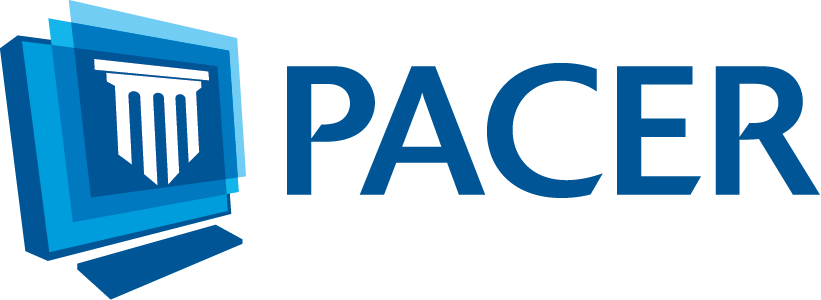
SYNDICATE LEGAL SUPPORT SERVICES

Syndicate Legal Support Services
(a Professional Services Corporation)
25350 Magic Mountain Parkway
Santa Clarita, California 91355
Phone: (310) 463-5122
Email: Click Here






Introduction
While many people in the global business community know that Japan is the world’s third largest economy, it is not as well known that Japan is also home to the world’s third largest stock exchange, the Tokyo Stock Exchange (TSE).
The TSE’s popularity is due in part to its high liquidity, with an average daily trading value of JPY 3.4 trillion ($34 Billion USD) in fiscal year 2015, as well as the ability for companies to raise substantial sums when going public. Funds raised by the 95 companies issuing shares via public offerings on the TSE during fiscal year 2015 totaled around JPY 994 billion ($9.94 Billion USD).
Structure of the Tokyo Stock Exchange
The TSE is comprised of five separate equity markets, each with their own unique characteristics, focuses, and listing requirements. The five equity markets are: (i) the First Section, (ii) the Second Section, (iii) Mothers (Market of the high-growth and emerging stocks), (iv) JASDAQ, and (v) the TOKYO PRO Market.
Introduction
While many people in the global business community know that Japan is the world’s third largest economy, it is not as well known that Japan is also home to the world’s third largest stock exchange, the Tokyo Stock Exchange (TSE).
The TSE’s popularity is due in part to its high liquidity, with an average daily trading value of JPY 3.4 trillion ($34 Billion USD) in fiscal year 2015, as well as the ability for companies to raise substantial sums when going public. Funds raised by the 95 companies issuing shares via public offerings on the TSE during fiscal year 2015 totaled around JPY 994 billion ($9.94 Billion USD).
Structure of the Tokyo Stock Exchange
The TSE is comprised of five separate equity markets, each with their own unique characteristics, focuses, and listing requirements. The five equity markets are: (i) the First Section, (ii) the Second Section, (iii) Mothers (Market of the high-growth and emerging stocks), (iv) JASDAQ, and (v) the TOKYO PRO Market.
Mothers Market
Mothers is the choice for relatively new companies with high-growth potential. In fiscal year 2015, 57 of the 95 companies that listed on the TSE (i.e., 60%) chose to list their shares on the Mothers market. One reason for its popularity is that although listing requirements with regards to size exist, such as a JPY 1 billion ($10 Million USD) threshold for estimated market capitalization upon listing, there are no minimum revenue or profit thresholds needed for consideration to list on the Mothers market. As such, so long as the listing company has great growth potential, current revenue figures are not of primary importance for listing approval.
Furthermore, companies listed on Mothers may apply for reassignment to the First or Second Sections as they grow to meet the eligibility requirements of the respective Sections. In fact, the reassignment rate is quite high with 73 of the 382 companies originally listing on Mothers, or 19%, successfully transferring to the First Section. As of the end of June 2016, 234 companies were listed on the Mothers Market.
JASDAQ
JASDAQ is similar to Mothers in that it specializes in listing emerging companies. However, JASDAQ does not require a listing company to have a minimum number of years in operation prior to listing. This is contrast to Mothers which has a minimum required one (1) year of operation history prior to the initial listing application day. Thus, a fresh start-up, with the requisite expected market capitalization, could theoretically list directly on JASDAQ. As of the end of June 2016, 773 companies were listed on JASDAQ.
TOKYO PRO Market
The TOKYO PRO Market is relatively new, beginning operations in June 2009 under the old name of TOKYO AIM, and is quite small with only 13 companies listed as of 2016.
Like the name suggests, the TOKYO PRO Market is for professional investors. Only “professional investors,” as specified in the FIEA and the Securities Listing Regulations of the TSE, as well as certain non-resident investors, are eligible to buy and sell securities on the TOKYO PRO Market. Given the professional focus of the market and the presumption that investors in this market are sophisticated enough to make appropriate investment decisions, investor protections are reduced and companies wishing to list on the TOKYO PRO Market may do so under relaxed listing criteria, disclosure requirements, and accounting standards. Moreover, the TSE itself does not perform a listing examination on companies seeking to list on the TOKYO PRO Market.
However, in order to put in place minimal protections for investors in light of such relaxed rules, all companies wishing to list on the TOKYO PRO Market must retain a “J-Adviser” for the listing process and throughout the duration of remaining on the TOKYO PRO Market. The J-Adviser’s role is to evaluate the company, and to declare to the TSE whether or not the company is suitable for the TOKYO PRO Market. The TSE maintains a set of requirements for obtaining J-Adviser qualification, which J-Advisers must acquire in order to assume the role. Although only a few niche advisors currently engage in this capacity, Syndicate Legal Support Services is associated with a J-Advisor.
RATES:
Rates will be based on an Hourly Rate of $45.00 per hour plus expenses incurred including, but not limited to, postage and purchase of any special software necessary to complete task. Time to complete the job will be estimated and any projects estimated over $200.00 will require a TBD down payment. Syndicate Legal Support Services Bills for Services Rendered each week. Syndicate Legal Support Services requires a signed contract, which outlines the project details, prior to beginning any work.